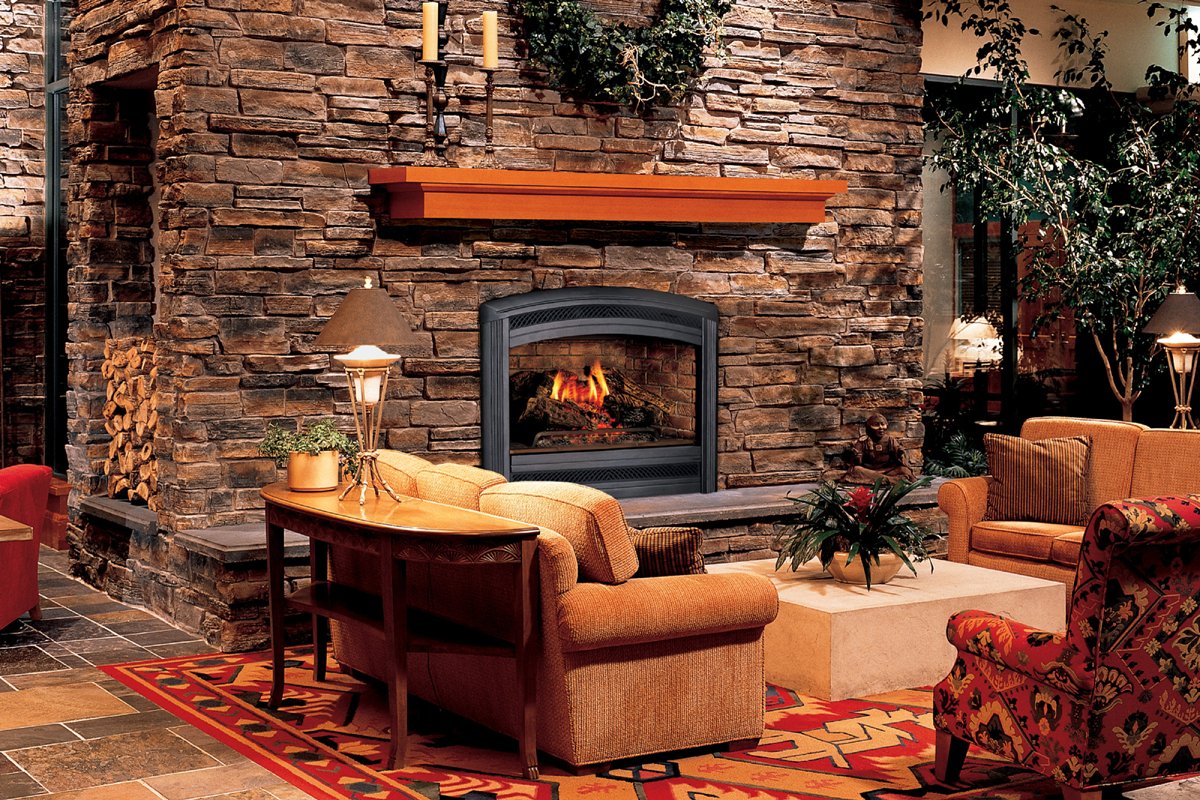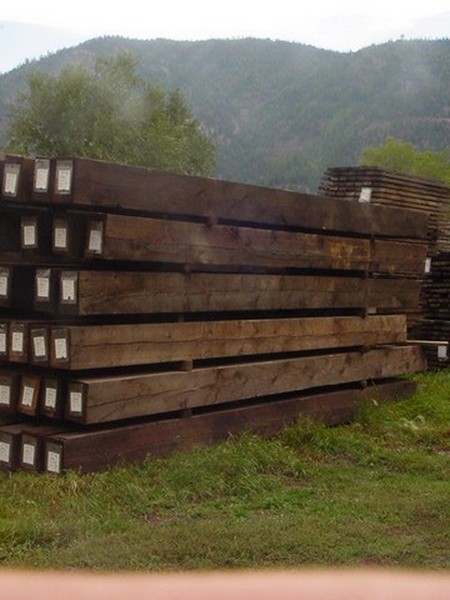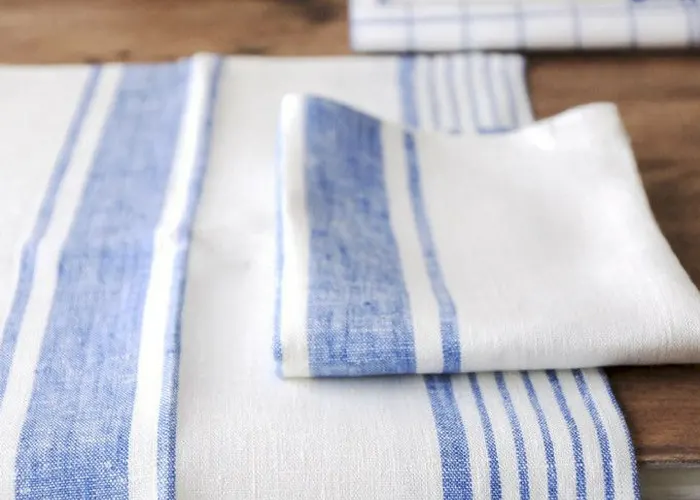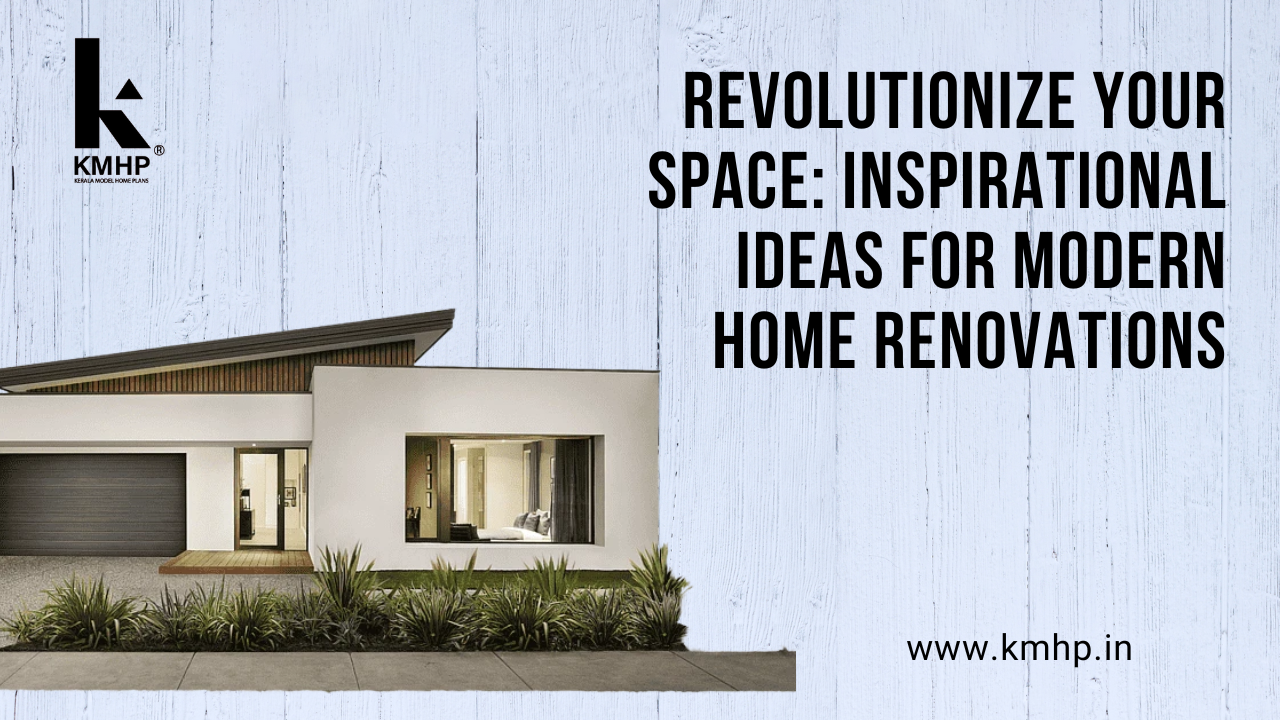Rustic Home Design: A Complete Guide
Are you dreaming of a home that exudes warmth, character, and a connection to nature? If so, you’ve likely considered rustic home design. At cartlab.web.id, we understand the allure of this timeless style, and we’re here to guide you through every aspect of creating your perfect rustic haven. Whether you’re building from scratch or renovating an existing space, this comprehensive guide will equip you with the knowledge and inspiration you need to bring your rustic vision to life. From understanding the core principles of the style to selecting materials and furnishings, we’ll cover it all.
Rustic home design is more than just a trend; it’s a philosophy reflecting a deep appreciation for natural materials, handcrafted details, and a sense of history. It’s about creating a space that feels lived-in, comfortable, and authentically you. This style evokes feelings of tranquility and comfort, transporting you to a simpler time while embracing modern convenience. It’s a versatile aesthetic that can be adapted to various architectural styles and personal preferences, offering endless possibilities for customization.
This guide will delve into the essential elements of rustic design, exploring different interpretations and providing practical advice on achieving this sought-after look in your own home. We’ll cover everything from choosing the right color palettes and textures to selecting furniture and accessories that perfectly complement the rustic aesthetic. Get ready to embark on a journey into the heart of this captivating design style!

Understanding the Core Principles of Rustic Design

At its heart, rustic home design celebrates natural materials and organic textures. Think warm wood tones, rough-hewn stone, and the subtle imperfections that tell a story. This style often incorporates elements of both traditional and contemporary design, creating a unique blend of old and new. Key characteristics include:
- Natural Materials: Wood, stone, brick, and metal are fundamental building blocks. Reclaimed wood, in particular, is a popular choice, adding character and history to the space.
- Earthy Color Palette: Neutral tones like browns, creams, and grays dominate, often complemented by pops of richer colors inspired by nature, such as deep greens, rusty oranges, and earthy reds.
- Textural Variety: The interplay of different textures—rough wood against smooth stone, woven fabrics against leather—is crucial for creating visual interest and depth.
- Handcrafted Details: Look for furniture and accessories with visible craftsmanship, such as hand-carved details, distressed finishes, and artisan-made accents.
- Emphasis on Natural Light: Large windows and skylights are essential for bringing the outdoors in and highlighting the natural beauty of the materials.
The beauty of rustic design lies in its adaptability. While it often draws inspiration from traditional styles like farmhouse or cabin aesthetics, it can be successfully integrated into modern homes, creating a unique and inviting atmosphere. Consider incorporating elements of other styles for a personalized touch, such as a touch of Scandinavian minimalism or elements of traditional home design. If you’re interested in exploring the latter, check out our guide on “Traditional Home Design: A Complete Guide” at cartlab.web.id/traditional-home-design-a-complete-guide.
Choosing the Right Materials for Your Rustic Home
Selecting the right materials is paramount to achieving an authentic rustic home design. The choice of materials will significantly impact the overall look and feel of your space. Consider these options:
- Wood: Reclaimed wood is a cornerstone of rustic design, adding character and a sense of history. Other options include rough-sawn lumber, cedar, pine, and oak. Consider using wood for flooring, beams, wall paneling, and furniture.
- Stone: Natural stone, such as flagstone, slate, or granite, adds a touch of rugged elegance. Use it for fireplaces, countertops, backsplashes, and accent walls.
- Metal: Blacksmith-style ironwork, wrought iron, and copper accents add a touch of industrial flair. These can be incorporated into lighting fixtures, hardware, and decorative elements.
- Brick: Exposed brick walls add a sense of warmth and history. Consider using brick for accent walls, fireplaces, or even entire exterior walls.
Incorporating Rustic Elements into Your Interior Design

The true magic of rustic home design lies in the details. Consider these elements when decorating your interior spaces:
- Furniture: Choose furniture made from natural materials like wood and leather. Look for pieces with distressed finishes, handcrafted details, and a lived-in look. Think comfortable armchairs, sturdy coffee tables, and rustic dining sets.
- Textiles: Incorporate natural fabrics like linen, cotton, wool, and burlap. These add warmth and texture to the space. Consider using throw blankets, rugs, and curtains in earthy tones.
- Lighting: Layer your lighting to create a warm and inviting atmosphere. Use a combination of overhead lighting, table lamps, and floor lamps. Consider incorporating rustic-style chandeliers or pendant lights made from wood or metal.
- Accessories: Add character and personality with rustic accessories like vintage finds, antique mirrors, wrought iron candle holders, and pottery. Don’t be afraid to mix and match different textures and styles to create a unique look.
Creating a Rustic Exterior: Landscaping and Architectural Details

The exterior of your home is just as important as the interior. Consider these elements when designing your rustic home’s exterior:
- Stone or Brick Facade: A stone or brick facade immediately establishes a rustic feel. Consider using natural, uneven stones for a more authentic look.
- Wooden Shutters and Trim: Wooden shutters and trim add warmth and character. Choose a natural wood finish or paint them in a complementary earthy tone.
- Metal Roofing: A metal roof adds durability and a touch of industrial charm. Consider using a dark gray or brown metal for a rustic look.
- Landscaping: Use native plants and landscaping to create a natural and inviting outdoor space. Consider adding stone pathways, a wooden deck, or a cozy porch. For more inspiration on outdoor spaces, check out our guide on “Porch and Patio Design: A Complete Guide” at cartlab.web.id/porch-and-patio-design-a-complete-guide.
Blending Rustic with Other Design Styles

While the core principles of rustic design remain consistent, its adaptability allows for seamless integration with other styles. For example, a Scandinavian rustic blend might incorporate minimalist furniture with natural wood and simple lines, creating a clean, uncluttered space. Exploring the Scandinavian Design Style can offer interesting insights for this blend; you can learn more at cartlab.web.id/exploring-the-scandinavian-design-style. The key is to maintain a balance, ensuring that the rustic elements remain prominent while incorporating the desired accents from the other style. This harmonious blend can result in a unique and sophisticated look that reflects your personal aesthetic.
External Authority Links:
- [Link to an article about sustainable building materials from a reputable source like the EPA or a similar organization]
- [Link to an article about the history of rustic design from a design publication]
- [Link to an article about color psychology in interior design from a reputable source]
In conclusion, creating a truly captivating rustic home design is a journey of careful consideration and thoughtful execution. By understanding the core principles, selecting the right materials, and paying attention to detail, you can craft a space that reflects your unique personality and celebrates the beauty of natural elements. Remember to explore different combinations and styles to discover your own perfect rustic aesthetic. For more inspiration and guidance, visit our dedicated page: Rustic Home Design: A Complete Guide








Comments